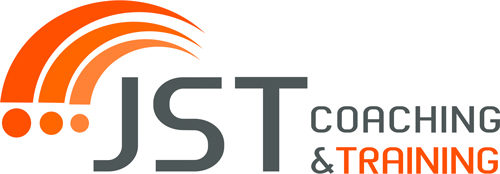This year, the National Association of the Deaf (NAD) has chosen April 1-30 as the National Deaf History Month (NDHM) to simplify the celebration into one month and as a reflection of the organization’s commitment to “dismantle racism within our community…and ensure that our historical lens include the experience of BIPOC Deaf People.”
Prior to this year, NDHM was celebrated March 13 – April 15 to honor milestones associated with Gallaudet University and the American School for the Deaf, which identifies itself as “the nation’s premier civil rights organization of, by and for deaf and hard of hearing individuals in the United States of America.”
A survey conducted by Cornell University in 2021 found approximately 3.6% of Americans (11 million people) consider themselves deaf or have serious difficulty hearing. According to statistics from the National Institute on Deafness and other Communication Disorders, approximately 48 million people in the U.S. have trouble hearing in one or both ears with adults ages 60-69 having the greatest amount of hearing loss.
Deaf Services Unlimited shared an article with suggestions on how to prepare for Deaf history month, including:
- Read books and articles
- Study the culture and values of the Deaf community
- Familiarize yourself with key events in Deaf history, such as the opening of Gallaudet University
- Learn sign language
In the United States, American Sign language is used by Deaf and hard of hearing people as a way to communicate. Different forms of sign language exist across the world and are often not interchangeable.
American Sign Language Quick Facts:
- American Sign Language (ASL) is the third most commonly used language in the U.S.
- ASL is considered a visual language as it incorporates the use of body movements instead of sound
- ASL has more similarities to spoken Japanese and Navajo than to English
ASL is sometimes thought of as the hand language to English but that is a false comparison as the language was developed with a unique sentence structure and symbols for words. Hand shapes, locations, and facial expressions are an important part of ASL with finger spelling in English being used a part of signed communication. Learning ASL is similar to learning another language, requiring time, patience, and practice.
During National Deaf History Month, people can discover ways to communicate with and about Deaf people, including sign language, and learn about the history and impact of the environment on hearing loss.

